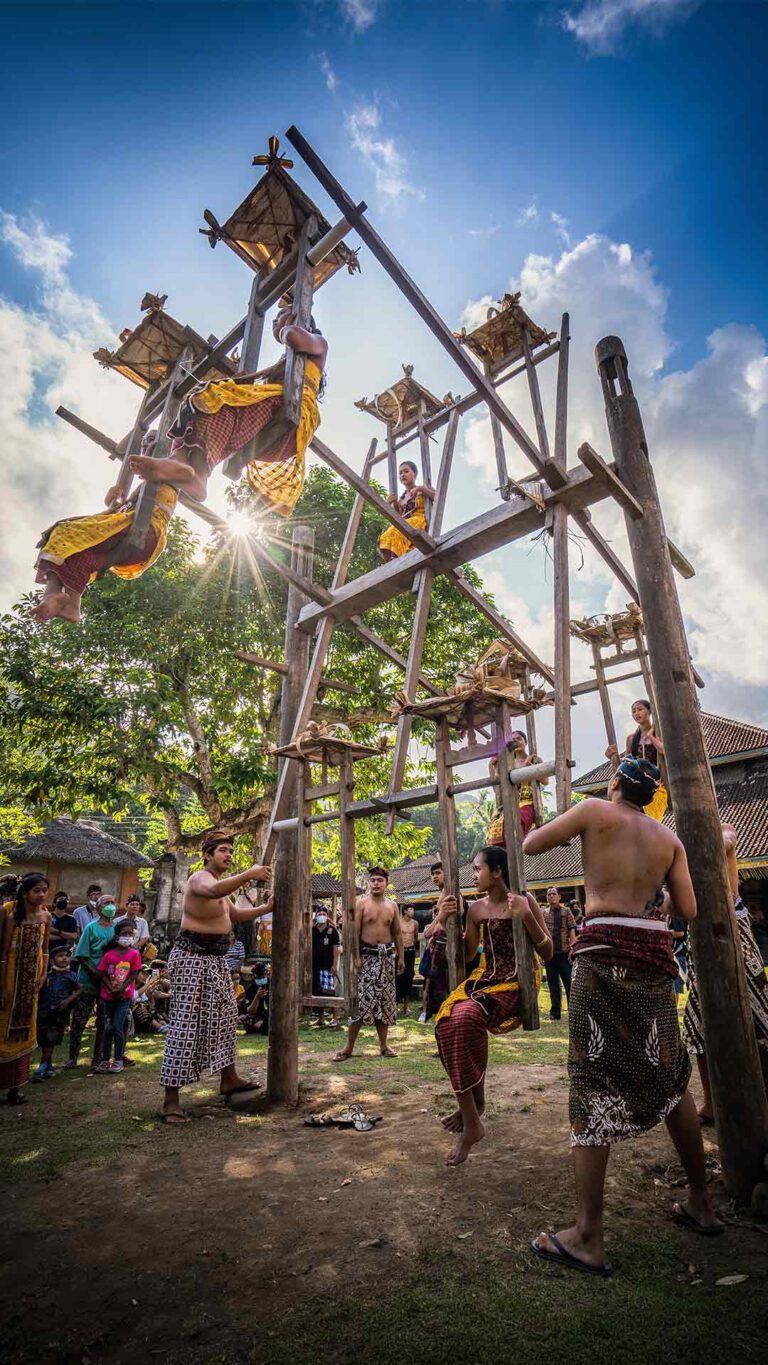- We are open every : MON - SUN : 6:00AM - 7:00 PM
- balidriverandtour12@gmail.com

Bali is celebrated not only for its stunning beaches and lush landscapes but also for its rich cultural heritage. Among the many traditional villages in Bali, Desa Tenganan stands out as one of the most unique. Located in the Karangasem Regency, Tenganan is one of Bali’s original villages, often referred to as a Bali Aga village, where ancient Balinese customs, traditions, and way of life are still carefully preserved. In this article, we dive into what makes Desa Tenganan a fascinating destination for those interested in Bali’s history and culture.
Tenganan is home to the Bali Aga people, the indigenous Balinese who lived on the island long before the arrival of the Hindu Majapahit kingdom in the 14th century. Unlike most Balinese communities, which have embraced Hinduism influenced by Javanese culture, Tenganan villagers still practice their unique traditions, rituals, and social structure that date back centuries. The village is known for its strict adherence to ancient customs, which are reflected in everything from architecture to daily life.
The layout and architecture of Desa Tenganan are unique and steeped in tradition. The village is designed in a linear pattern, with houses built in a row on either side of a central walkway. The homes are constructed using natural materials like bamboo, wood, and stone, and their design has remained unchanged for generations. Each house is passed down through the family, maintaining the cultural continuity of the village.
The central pathway leads to a communal space used for ceremonies, meetings, and traditional gatherings, highlighting the village’s strong sense of community. The entire village is surrounded by walls, symbolizing protection and unity.
One of the most significant aspects of Tenganan’s cultural heritage is the art of double ikat weaving, locally known as Gringsing. Tenganan is one of only three places in the world where double ikat textiles are made (the other two being India and Japan). The intricate process of creating these textiles involves binding and dyeing both the warp and weft threads before weaving them together, resulting in complex patterns that have deep spiritual significance.
Gringsing textiles are believed to have protective and healing powers and are often used in religious ceremonies and rituals. The weaving process can take several years to complete, making these textiles highly valued and sought after.
Tenganan is known for its distinctive cultural events and festivals, which are unlike anything seen in other parts of Bali. One of the most famous is the Mekaré-Karé or Perang Pandan festival, held annually to honor the god of war, Indra. During this festival, male villagers engage in friendly duels using thorny pandanus leaves as weapons, while the women provide ceremonial offerings and sing traditional songs
Bali Driver & Tour – 2024